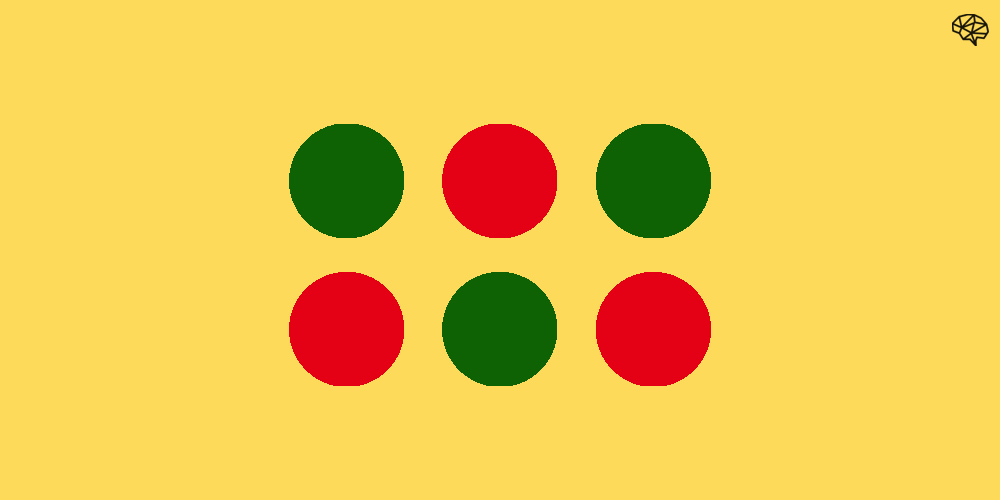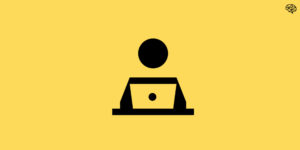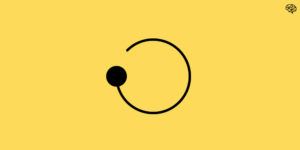In Nir Eyal’s book Indistractable, he shares the story of Becky Richards.
In 2006, Richards, the Adult Clinical Services Director at Kaiser South San Francisco hospital, was tasked with reducing the number of medication related errors.
According to NCBI, somewhere between 7,000 to 9,000 people die as a result of a medication error each year in the US alone. Hundreds of thousands of other patients experience an adverse reaction or other medication complications that leads to psychological and physical pain and suffering.
Richards was a registered nurse herself and had a strong hung on what was causing these errors – workplace distractions. In fact, roughly 75% of medication errors have been attributed to distractions.
According to a TechCrunch article that profiled Richards, ‘it was all too easy to get distracted—most traditional hospitals put the medication administration areas right in the middle of the nursing units, which tended to be noisiest places on the floor.’ Nurses also felt an obligation to respond when others distracted them, particularly if there was hierarchy involved (like doctors).
So Richards came up with a simple solution. She proposed all nurses put on brightly colored vests any time they are administering medication. The vest would serve as a visual marker for everyone around her that she was in the middle of something important and was not to be distracted.
While many of the nurses hated the idea of having to put on an ugly and uncomfortable vest every time they were dealing with medication, the solution worked. Four months later, the unit Richards worked with saw a 47 percent reduction in errors and was eventually adopted in other hospitals.
Minimize distractions with visual markers
While many of us don’t work in hospitals and don’t have to deal with life or death scenarios, it’s clear that external distractions can wreak havoc in the workplace if not managed properly.
What I love about the solution Richards put in place is its simplicity and effectiveness. Visual markers are effective because in a hyperactive workplace, they’re hard to miss. It’s like a bright red stop sign that snaps you out of a driving trance.
Visual markers can also be used in more subtle ways to streamline workflow.
If you’ve ever been at a Brazilian steakhouse, they give you a little two-sided card to keep on your table to indicate whether you want to be served or not. Green side up means serve me the meat. Red side up means don’t serve me the meat. This makes it easy for the waiters who are flying around with meat platters to visually scan the room and see where they need to go. It’s much more effective than stopping by each table and asking everyone if they’d like to be served.
So how can you use this knowledge to improve your workflow?
Digital green light / red light
The easiest place to start is digitally. If you’re using Slack or any other IM platform, consider implementing an organization-wide green 🟢 red 🔴 status system to allow team members to indicate when they are available and when they’re not.

Before you jump into your deep work session, update your status to red to indicate that you don’t want to be distracted. Just make sure to incorporate this into your organizational communication guidelines so everyone is on the same page.
Physical green light / red light
If you’re working from home, external distractions are likely all around you. Similar to how hotels give you ‘do not disturb’ signs to hang off your door handle when you don’t want to be bothered, you can use a similar method to cut back distractions at home.
Create a sign to hang on your door during periods of deep work when you don’t want to be bothered. Communicate with your family or roommates the importance of your focus sessions and why you’re using these visual markers.
If you’re back in the office, you can use something similar to the Brazilian steakhouse method, especially if you’re working in an ‘open concept’ office where it’s too easy to get distracted.
Use a large enough red / green card stock that you can place beside you (or wherever visible) so that others can see as they’re walking by. Or follow the suggestion of Richards and introduce a bright red vest that people wear when they’re not to be bothered (add in some big over-the-year headphones and you’ll never be bothered again). Have some fun with it.
Final takeaways
Some of these solutions may seem silly or overly simple, but that’s the point. Similar to what Richards experienced when implementing bright vests in hospitals – while they may not be popular, these overly simplistic methods are often the most effective.
Keep in mind the objective here is not to create a culture of isolation and complete lack of collaboration. The objective is to create boundaries in our hyperactive world and protect the time we’ve carved out for important from workplace distractions.
If you find yourself or your team struggling with external distractions, consider implementing some of these simple strategies and see if it helps improve your workflow and minimize errors.
✌


